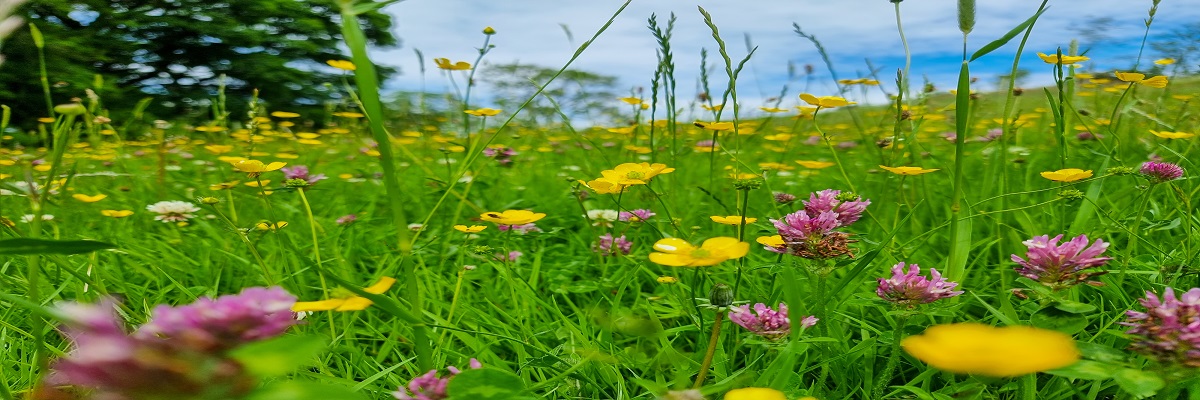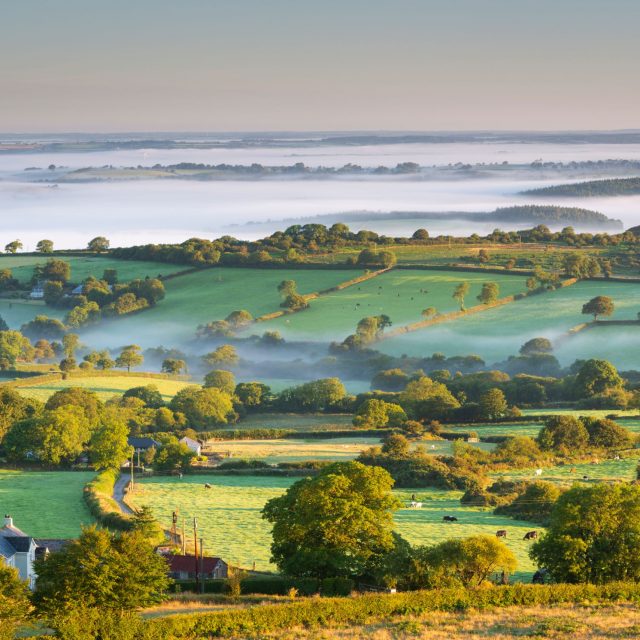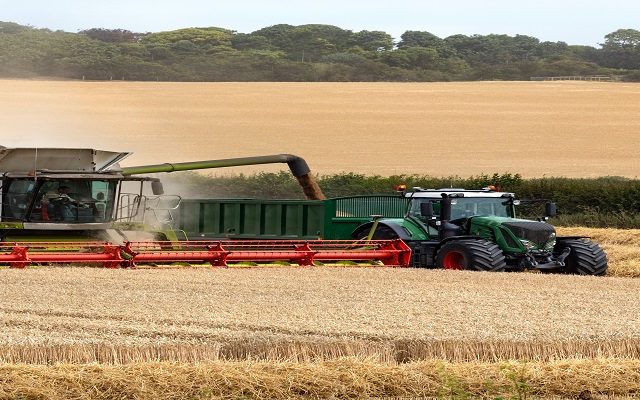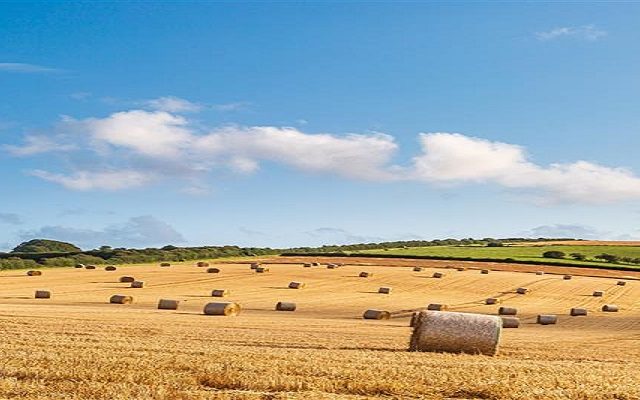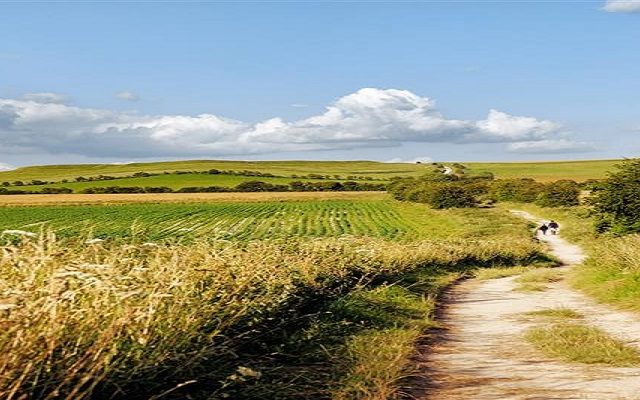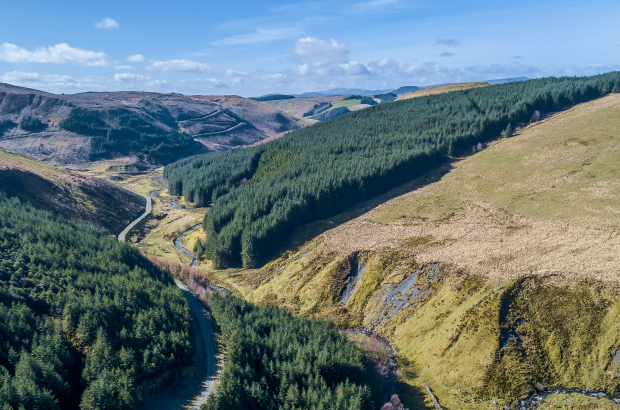Long-term nature deals: What land managers need to consider
As interest grows in Landscape Recovery and similar long-term environmental schemes, land managers are weighing up the opportunities – and the long-term implications.
Landscape Recovery is the most ambitious tier of Defra’s Environmental Land Management (ELM) schemes and involves individuals and groups collaborating to deliver a range of environmental benefits at scale.
It is a scheme which has the potential to show how integrated, multi-functional land management can boost biodiversity and improve climate resilience, while still supporting resilient, productive farming.
However, there are a number of practical aspects to consider, including things like the potential impact on capital values, long-term obligations, access, insurance, and how these schemes might affect the wider business.
Similar considerations may also apply to other environmental schemes such as the England Woodland Creation Offer and Biodiversity Net Gain.
The following is a brief summary of some of the key areas to watch:
Lending
In general, lenders are fairly comfortable with long-term agreements, especially if they look and feel like leases. However, entering into a scheme, particularly if it involves selling biodiversity credits or setting up a long-term change of use, can feel a lot like creating a tenancy under the Agricultural Holdings Act, so the impact on values may be similar, with implications for lending.
Valuations
Land with an income stream has inherent value. But if that income drops away at the end of a scheme – Landscape Recovery agreements are designed to be for 20 or more years – there is a likelihood of a depreciation in value. There’s also the issue of ongoing management obligations to factor in – if you’re tied into continuing management functions, that too could affect value.
Is there an obligation to ‘reinstate’ the land after the scheme ends? Clearly, that’s not Defra’s intention for Landscape Recovery. But if it were, it could mean you need baseline records, condition reports, and a clear agreement on how the land is to be handed back.
Taking all this into consideration, it may sound like it is inevitable that capital values will fall. But it should be noted that where small land parcels are designated as an SSSI and sold as part of a wider property sale, there is no noticeable difference in value.
So, it can be assumed that it is only where either the whole property, or a significant amount of land, is included in the scheme that the effect could be negative. Also, natural capital markets develop, we may well find the more biodiverse areas carry more value in future than we’d expect today.
There are already conversations underway about what happens if land is devalued as a direct result of a Landscape Recovery Scheme. For example, there are some land parcels being introduced to projects which will necessitate a permanent change of use and perhaps land status. Some current schemes are working with Defra to explore a mechanism to compensate landowners at the end of the term.
However, this issue will get more complicated if entrepreneurial land managers develop other activities off the back of the scheme – for example, if a landowner opens a glamping site or starts an eco-tourism business. What does this mean for the value of the land? That’s a grey area we’ll need to navigate carefully.
Designations
If a scheme successfully reintroduces a protected species, it could lead to statutory protections being placed on the land. That could mean an SSSI designation or similar. So far, Defra have been fairly quiet on this front, but it’s something to be aware of.
Reputational considerations
If you’re changing how land is used, it’s wise to engage with the local community early. Taking the time to explain your plans can head off confusion – or accusations of greenwashing – down the line.
Likewise, it’s worth doing due diligence on anyone buying your credits. There’s increasing interest from corporate businesses in investing in green projects. That can bring opportunities – but also challenges. For example, imagine a petroleum company funds a habitat creation project on your land, then gets fined for environmental damage elsewhere. That link – between your land and their brand – might not sit well. Think carefully about who you partner with, and what that says about your values.
Double parking – stacking or double counting subsidies
Consideration will need to be given where parcels of land are used for Landscape Recovery that may already be part of an existing scheme, such as Countryside Stewardship. You can stack subsidies in some cases, as long as you’re stacking for different purposes.
For example, you might claim one subsidy for hedgerow maintenance and another for species-rich grassland, as long as the management practices don’t overlap. What you can’t do is double-claim for the same activity under two separate schemes. It’s about being clear and fair on the environmental outputs being delivered.
Impact on surrounding land
A Landscape Recovery agreement might affect the rest of your farm or land holding – or any other land adjoining it.
The areas included in the scheme may well support pollination or disease control for neighbouring crops – so there could be real upsides in terms of productivity. But there might also be less welcome effects – like the spread of wildflower seed or weeds into productive land.
You may need buffer zones to prevent spray drift or fertiliser going into the scheme area – or, vice versa, to keep scheme species from spilling out. It all needs thinking through.
Change of circumstances: deaths, sales and transfers
What happens if there’s a death, divorce, or sale partway through the scheme?
The key point here is that obligations under the scheme will be tied to the land – not the owner. So if land is sold, the performance responsibilities transfer with it. There will be detailed mechanisms to allow for the change in land ownership, but it is worth bearing this in mind.
The potential devaluation issue mentioned earlier will become even more relevant here – particularly if the land is sold part way through the scheme – as there will be clear evidence if the land has decreased in capital value.
Access and insurance
We know schemes will have requirements for forms of wayleaves, easements and handover of natural capital. In some cases, this might increase footfall from the general public – so you’ll need to think about health and safety and making sure you have appropriate insurance cover. It is not just about compliance – it’s about peace of mind.
Accounting
It’s important to be clear on how income from the scheme and any capital sums for works will be accounted for. Should the land use change substantially there is also the question of how it might be treated for inheritance tax purposes. At the moment, we’re still waiting on formal government guidance on this side of things.
Liability if things go wrong
What if the flood bund you build as part of the scheme fails? Who pays for the damage? Who’s liable? These questions need answers. Understanding the responsibilities you carry when things don’t go to plan is just as important as understanding the rewards when they do.
There are potential risks from signing up to long-term nature and environmental deals – but with good advice you can mitigate them. If you go in with your eyes open – and your advisors at your side – you’ll be far better placed to get the outcomes you want from Landscape Recovery. Contact Hannah Bloxham if you would like to discuss any aspects of this article.
